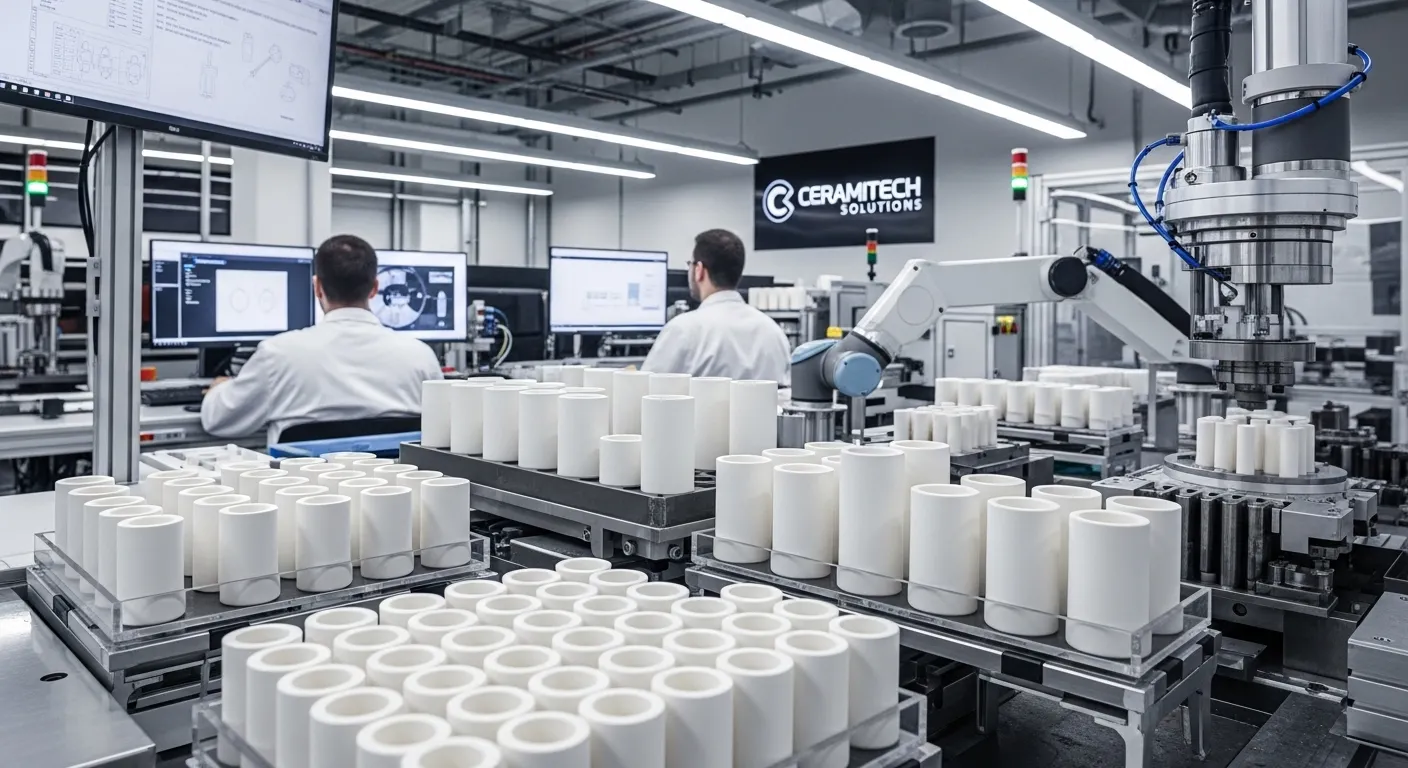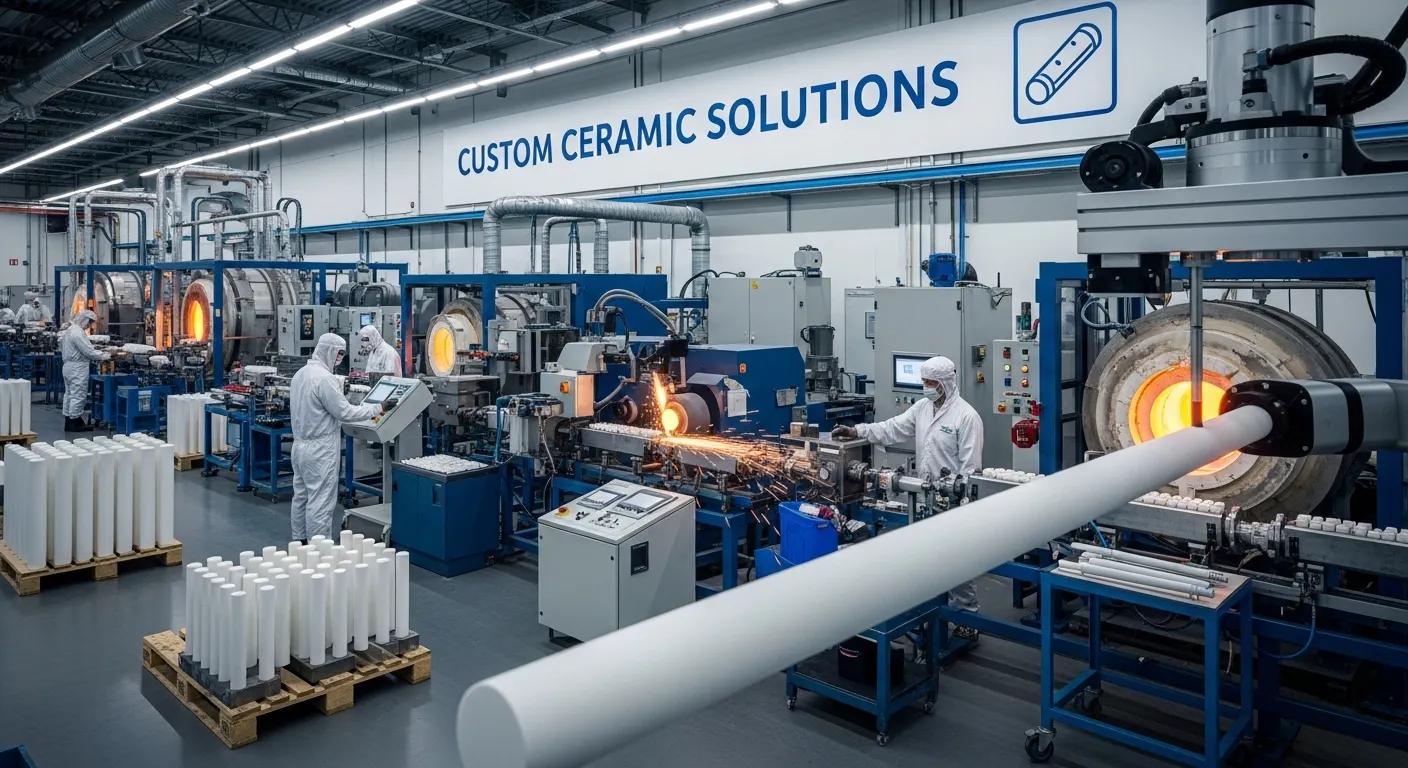Exploring the Amazing Strength and Melting Point of Ceramic Materials
Ceramic materials are revolutionizing modern technology - not just with their strength, but with their incredible resistance to heat. The melting point of ceramic materials plays a crucial role in this transformation, enabling innovations in industries such as semiconductors, aerospace, and new energy systems. These materials aren't just surviving extreme environments - they're thriving in them.
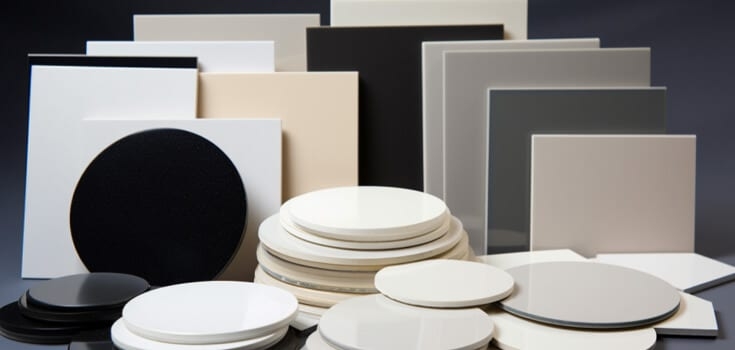
In this article, we'll explore three star performers in the advanced ceramics family: aluminum nitride, silicon carbide, and silicon nitride. Each has unique thermal and structural benefits driven by their high melting points. We'll also introduce UPCERA, a leading ceramic solutions provider driving innovation across multiple industries.
The Science Behind Ceramic Strength and Thermal Resistance
Ceramic materials are typically defined by a combination of covalent or ionic bonds. This atomic structure is responsible for their incredible strength and heat resistance.
Why Melting Point Matters
The melting point of ceramic materials can range from 1900°C to over 2700°C, allowing them to maintain stability under conditions that would destroy metals or polymers. High melting points provide:
✅Thermal endurance in power electronics and engine systems
✅Chemical stability in corrosive or reactive environments
✅Structural integrity in high-speed, high-load mechanical systems
Such thermal resilience allows ceramics to support technologies from 5G communication networks to nuclear reactors.
Aluminum Nitride
Aluminum nitride (AlN) is a key player in electronics and thermal management systems, known for its perfect blend of insulation and conductivity.
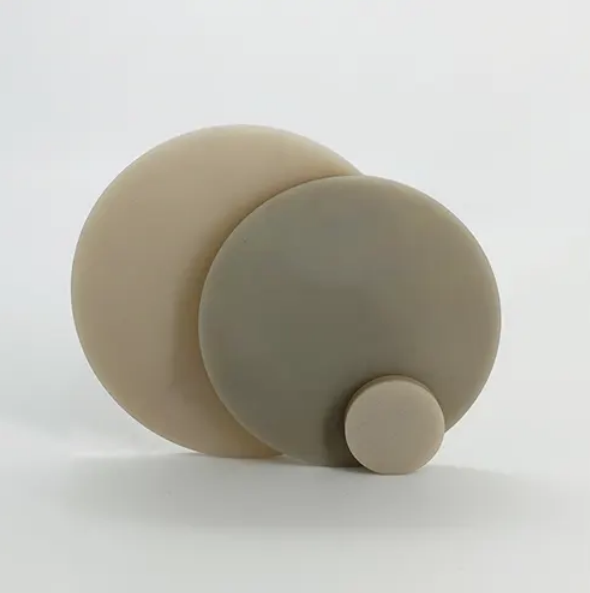
Key Features of Aluminum Nitride
✅Ultrahigh thermal conductivity (70–200 W/m·K)
✅Heat resistance up to ~2200°C
✅Electrical insulation with minimal signal loss
✅Excellent chemical resistance and low thermal expansion
These properties mean that aluminum nitride maintains performance under continuous high power and temperature stress - especially where materials must match silicon in expansion behavior.
Where AlN Shines
Aluminum nitride is often referred to as the "core ceramic for advanced electronic packaging." It's found in:
•High-power LED substrates
•Semiconductor packaging
•RF/microwave components
•Power electronics modules (e.g., IGBT)
•Laser diode cooling systems
•Reactor control components
Its high melting point and thermal conductivity make it indispensable in 5G infrastructure, EV powertrains, and high-frequency data transmission.
Silicon Carbide
Silicon carbide (SiC) is a material engineered for the most unforgiving environments. From aerospace heat shields to high-frequency semiconductors, its properties are unmatched.
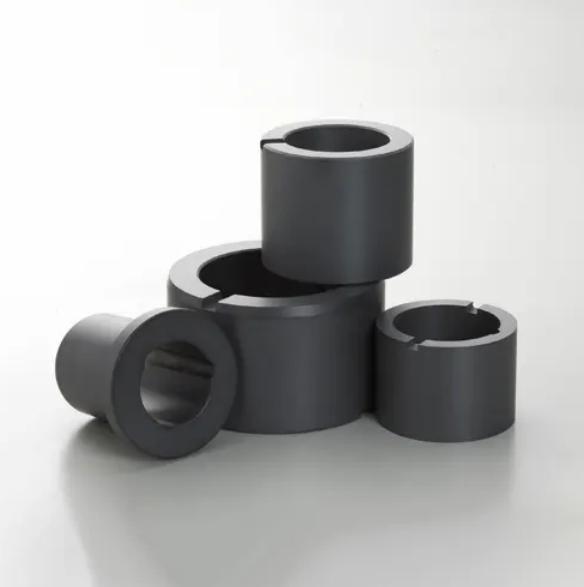
Unmatched Performance at Extreme Temperatures
✅Melting point of ceramic materials like SiC reaches ~2700°C
✅Hardness rating of 9.2–9.3 on the Mohs scale
✅High chemical inertness and corrosion resistance
✅Thermal conductivity with dimensional stability
Its wide-bandgap semiconductor behavior also allows operation in high-voltage and high-frequency settings.
Applications That Rely on SiC
Often called the "cornerstone of third-generation semiconductors," SiC supports:
•Aerospace thermal protection tiles
•Radiation-resistant sensors
•Wear-resistant tools
•5G and quantum devices
Thanks to its high melting point, SiC allows electronics to run cooler, faster, and longer, even in ultrahigh-temperature systems.
Silicon Nitride
Silicon nitride (Si₃N₄) is a ceramic renowned for mechanical endurance and thermal resilience. It's a trusted material for moving components in extreme settings.
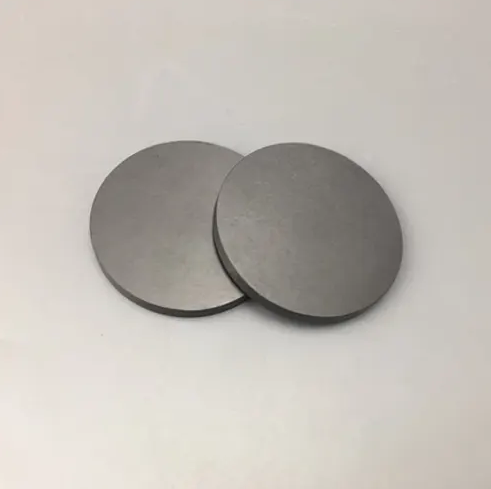
Built to Withstand Shock and Heat
✅Withstands temperatures up to ~1900°C
✅Superior thermal shock resistance
✅Low density and high mechanical strength
✅Strong resistance to oxidation and corrosion
Its structure prevents cracks during rapid temperature changes, ideal for aerospace and industrial applications.
Silicon Nitride in Industry
Thanks to its balance of strength and lightness, silicon nitride is used in:
•Aircraft engine turbines
•Precision ball bearings
•Semiconductor etching tools
•Biomedical implants
•High-speed industrial machinery
Its resilience stems from both strength and a high melting point of ceramic materials, making it irreplaceable in demanding environments.
UPCERA: Your Custom Ceramic Materials Partner
At UPCERA, we pride ourselves on being more than a manufacturer - we're a ceramic innovation partner. Since 2017, we've expanded into new markets with precision-engineered components using zirconia, alumina, silicon nitride, silicon carbide, and more.
What We Do
We specialize in:
✅Custom product design
✅Material formulation and selection
✅High-volume lean manufacturing
✅End-to-end integration from prototype to scale-up
Our extensive experience producing ceramic sleeves and ferrules has built a strong foundation for serving complex needs across industries.
Industries We Serve
Our solutions power innovation across a wide range of industries. In the semiconductor and electronics sector, our ceramic materials support high-performance packaging, substrates, and thermal management components. In aerospace and defense, they are used in critical structural and thermal protection systems.
We also contribute to healthcare and biomedicine, providing biocompatible and durable materials for implants and diagnostic equipment. In the rapidly growing field of new energy and electric vehicles (EVs), our ceramics play a key role in power modules, insulation systems, and thermal regulation.
For consumer technology and wearable devices, we offer lightweight and precise ceramic components that meet both aesthetic and functional demands. Additionally, our materials are widely used in industrial chemicals and machinery, where chemical resistance and high-temperature stability are essential.
When it comes to precision, performance, and durability, our ceramic materials - especially those with high melting points - deliver lasting value across all these sectors.
Choosing the Right Ceramic
When selecting ceramic materials for your products or systems, consider the following:
- Thermal Requirements
•Will the material be exposed to continuous or peak temperatures above 1000°C?
•Choose ceramics like SiC or AlN with ultra-high melting points.
- Electrical Demands
•Does the application require insulation and minimal signal loss?
•Aluminum nitride offers a rare mix of electrical insulation and thermal conductivity.
- Mechanical Strength
•Is the component under mechanical stress or in motion?
•Silicon nitride provides unmatched shock resistance and low weight.
- Environmental Resistance
•Will the ceramic be exposed to corrosive, acidic, or high-radiation environments?
•Silicon carbide excels under these conditions due to its chemical inertness.
Selecting the right ceramic with the appropriate melting point and strength ensures both performance and longevity.
Closing Words
As industries evolve toward higher performance and greater efficiency, the role of advanced ceramic materials becomes even more critical. Their remarkable properties - from ultrahigh melting points to unparalleled mechanical strength - are enabling solutions that were once thought impossible.
At UPCERA, we're proud to be at the forefront of this transformation, delivering ceramic technologies that support the future of electronics, mobility, energy, and beyond.
Looking to develop your next high-performance system? Partner with us to explore how our ceramic solutions can power your innovation.
 English
English 中文
中文
